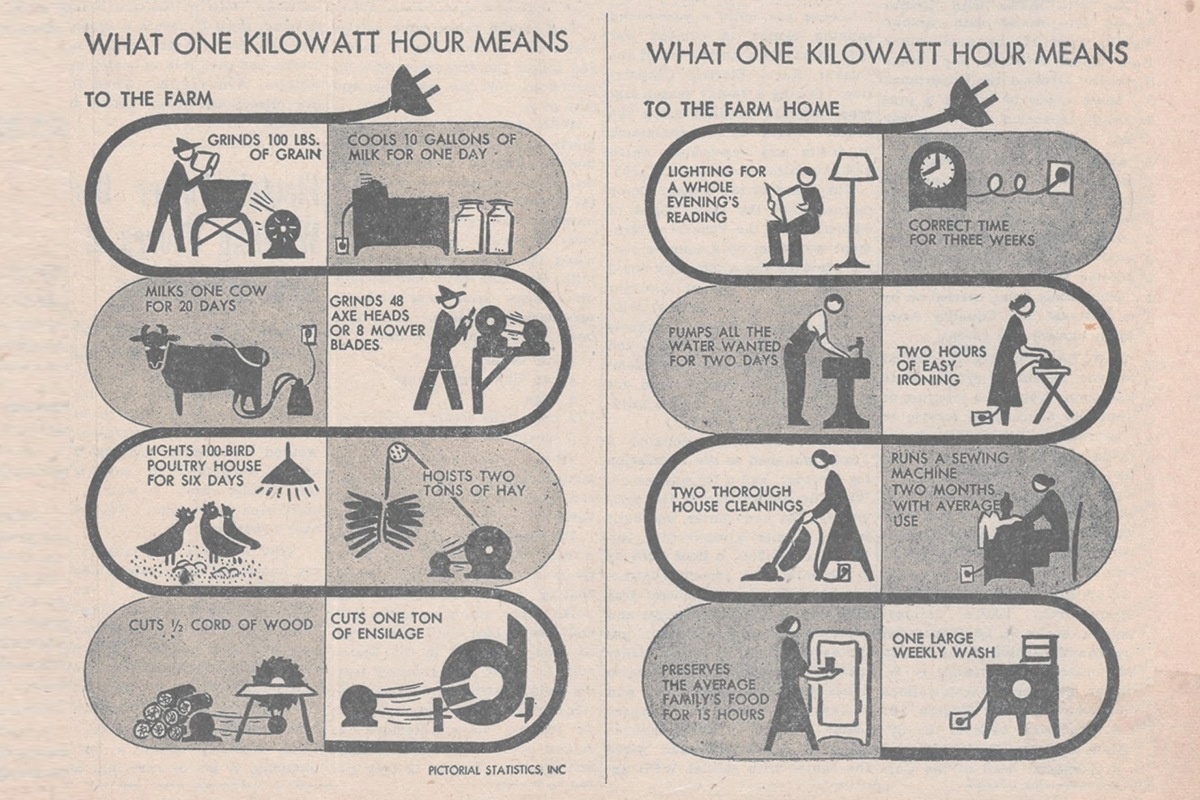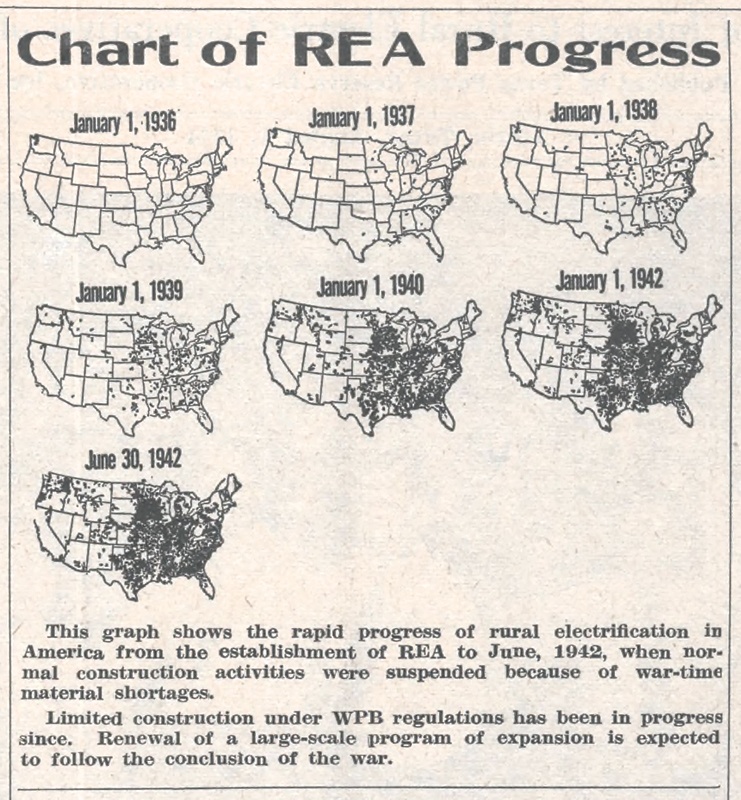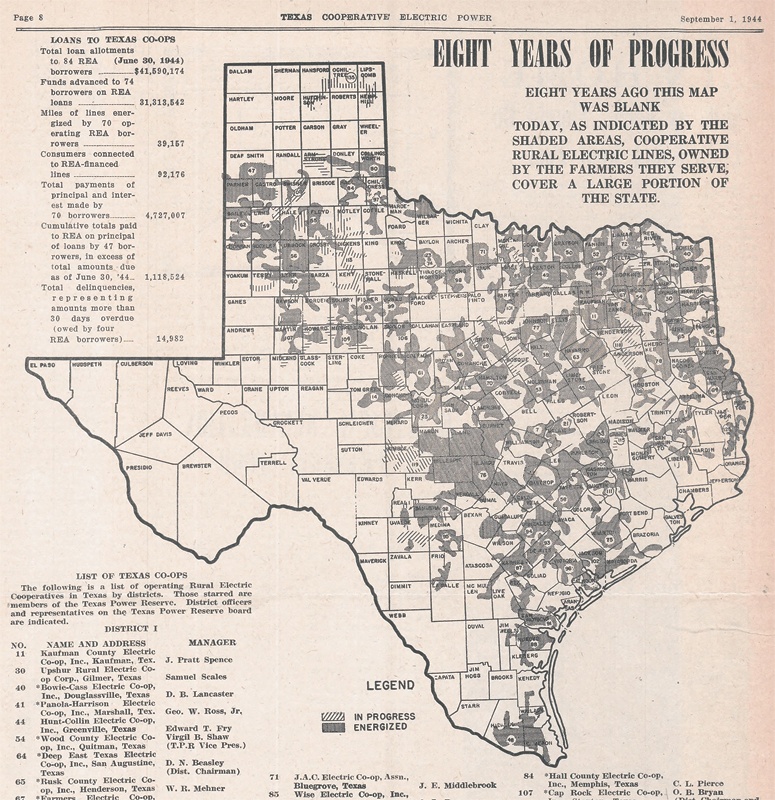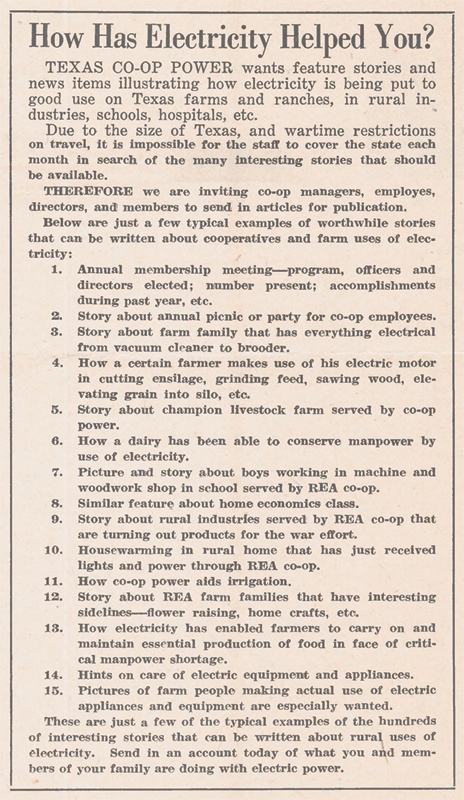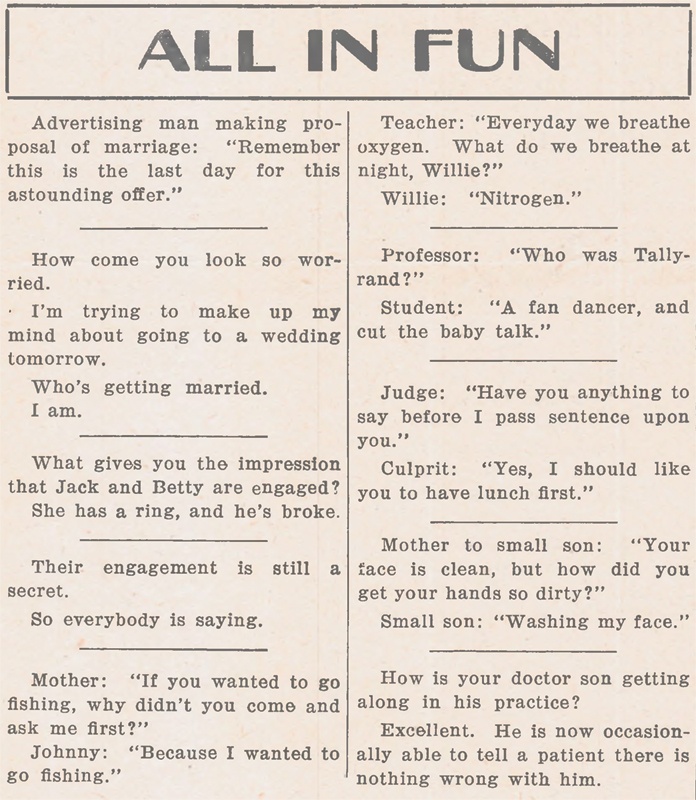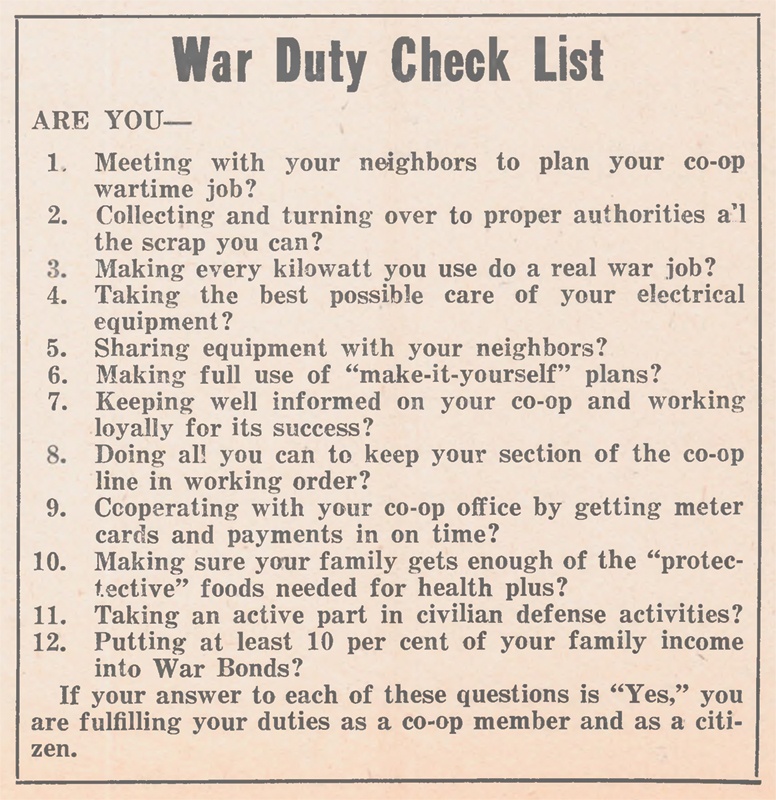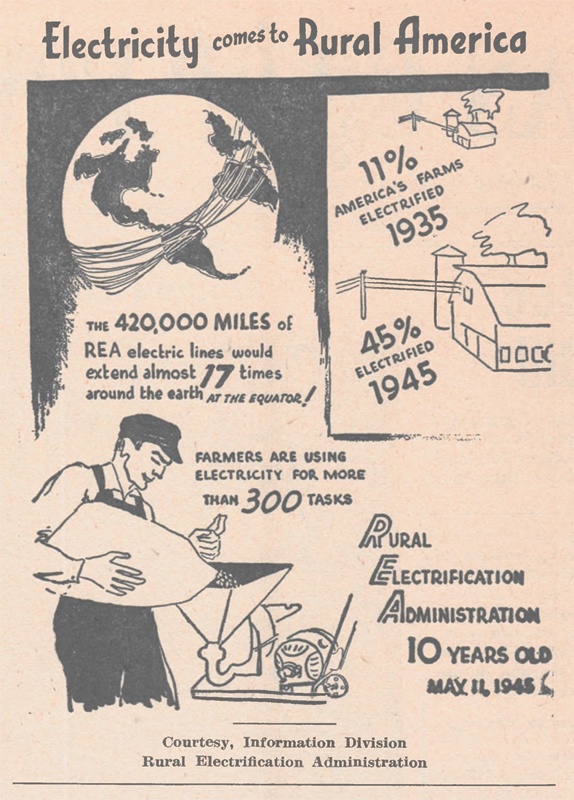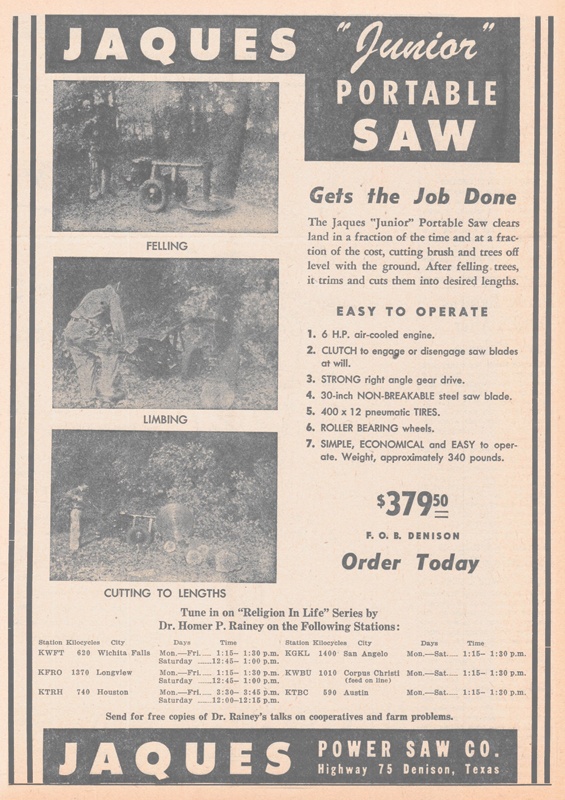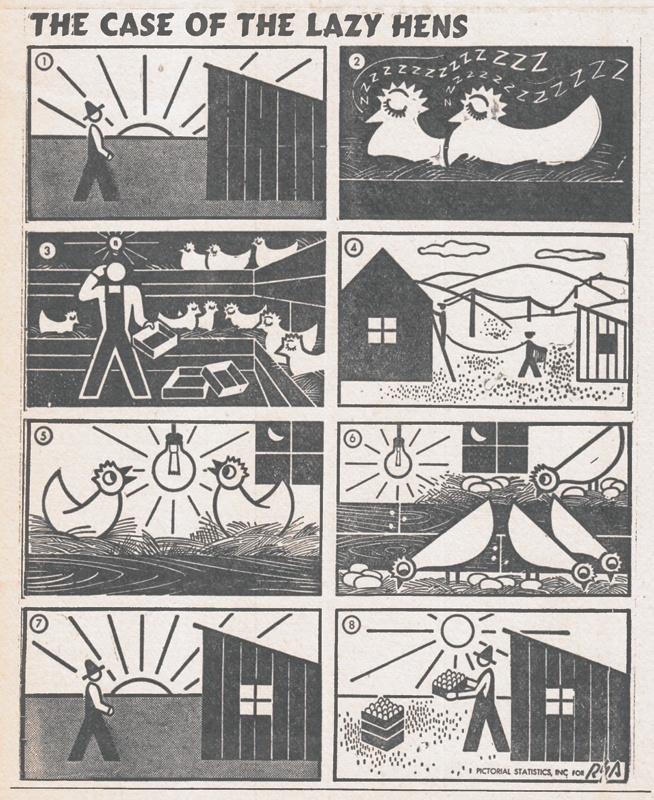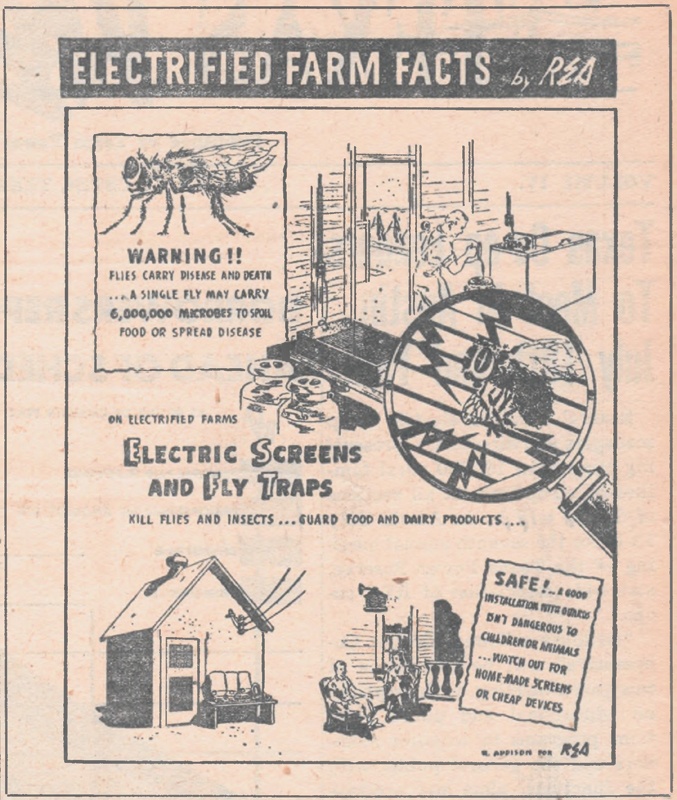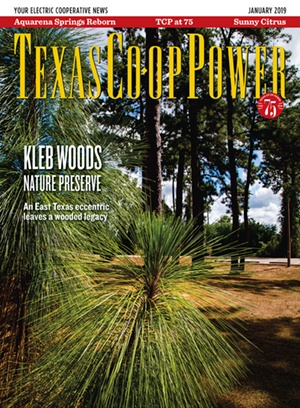Somewhere in tiny Anywhere, Texas, a high school senior opens her laptop, plugs her phone into its charger and clicks Play on her study music playlist. She’s applying for a college scholarship she learned about in a magazine; the application is almost ready. After a final read-through, she hits Send—and, with the help of high-speed internet, makes an investment in her future.
Nowhere in her mind is the fact that all this is possible because of her great-grandfather.
Her great-grandfather was one of thousands of Texans who banded together with neighbors in the 1930s and ’40s to build cooperatives that would electrify their farms, transforming the countryside and economy. The magazine containing the scholarship information is Texas Co-op Power, which has chronicled the state’s electric cooperative movement since 1944—and celebrates its 75th anniversary this year.
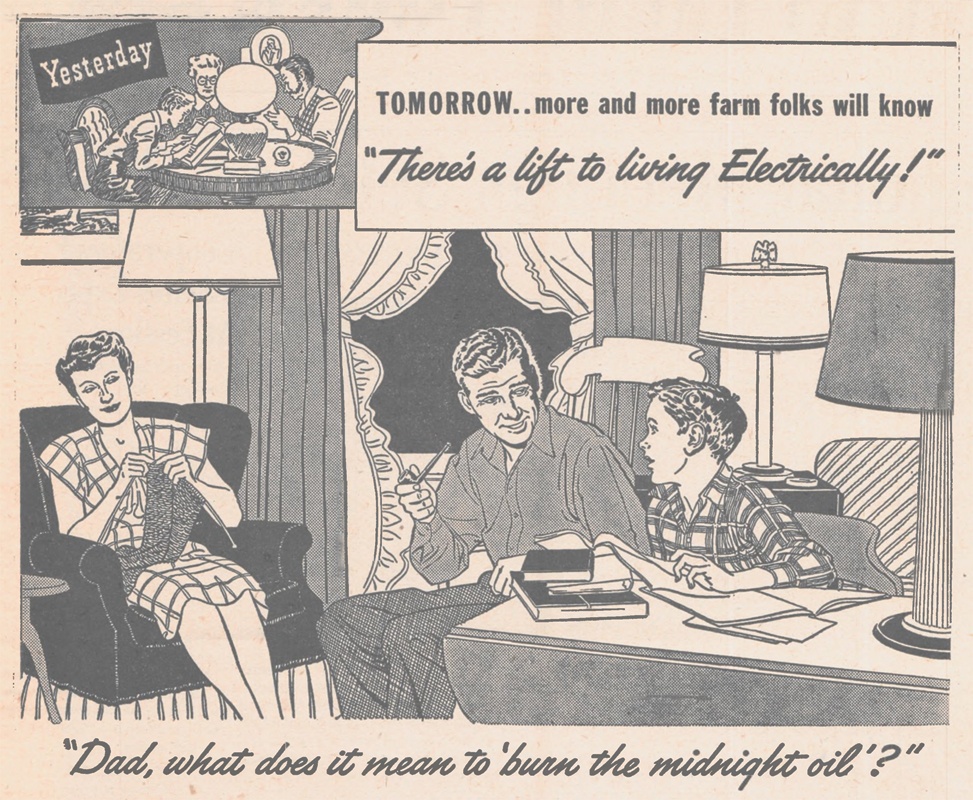
Web Extra: From November 1945 Texas Co-op Power.
TEC Archives | November 1945
What started as four pages of newsprint titled Texas Cooperative Electric Power doubled to eight pages by the second issue. Circulation in the first year grew from 14,000 to 39,500 as the 49 co-ops affiliated with the Texas Power Reserve (later Texas Electric Cooperatives) continued to grow.
“It’s a fascinating story this newspaper has set out to tell,” read an editorial by the first editor, George W. Haggard. “In 1935 only three Texas farms in 100 had central station power—today, three in ten are so lighted. Tomorrow, we hope to make it well-nigh universal.”
Written for a population poised to join in the war effort and postwar prosperity, Texas Cooperative Electric Power articles took a forward-looking tone. In February 1945, the name was changed to Texas Co-op Power. Columns like March 1945’s War Duty Checklist encouraged readers to make “every kilowatt you use do a real war job.”
After World War II, rural electrification pushed full speed ahead alongside the economy. Ads aimed at newly prosperous members offered appliances to improve home life and expand farm production. The magazine added “women’s pages,” filled with household tips for using new products and recipes to be cooked with electric stoves and ranges.
Pages were dedicated to developments at individual co-ops, and the words and faces of members appeared. A 1945 contest asked for essays answering the question, “How has electricity helped you?” One winner’s moving response told of her daughter, born prematurely, who survived only because of the incubator that enclosed her first weeks of life. “Lyndah Nell will be 3 this month and is in perfect health,” the Limestone County mother wrote.
Rural electrification eventually reached all corners of the state, and co-op members acquired the conveniences of modern homes and farms. Texas Co-op Power’s focus shifted from the wonders of electricity to advice on using it safely and efficiently. Industry- and government-focused articles were replaced by stories covering travel, food, gardening and other topics of general interest.
Form changed with function, too. In 1960, two-color printing brought the publication a fresh look, but 1992 saw the most visible transition when the format changed to a full-color magazine. Photo and recipe contests became a staple, as did statewide events listings. Then the 21st century came calling with a Texas Co-op Power website and Facebook page, allowing more interaction between the magazine and its readers.
In some ways, not much has changed. The technology is new, sure, but the magazine still strives to cover topics important to co-op members. Through-out this anniversary year, Texas Co-op Power delves into its 75 years of archives to see how its past informs its present and builds foundations for its future.
Ellen Stader is a writer and editor in Austin.
